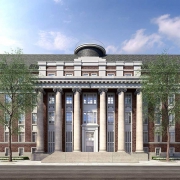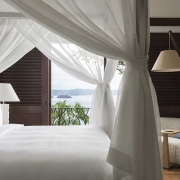The Tetusa Oasis Thermal Resort
Tetusa Oasis Thermal Resort is an extensive wellness and medical facility sited within a low-rise housing area in the coastal town of Cesme, Turkey. Cesme is an established holiday destination with a long history of thermal water exploitation, and the new thermal complex will enhance the town’s tourism portfolio with a spa, a water park, a hotel, a preventive healthcare centre, an elderly care facility, and further supporting programmes.
Tetusa Oasis Thermal Resort: Wellness and medical facility
A simple glance at site-related urban regulations reveals that there is not nearly enough ground area available for the complex’s numerous programmes to be placed above the surface. The solution was found in a special design feature which organises the entire programme in circular building blocks. Each of the blocks is wrapped around an inner atrium, which is deepened in order to allow the sunlight to reach the underground levels. The same principle is also applied to the semicircular units on the perimeter of the site where the surrounding terrain is used to obscure the view of the levels thus gained.
As the additional levels are added to the building, each building block is individually adapted to fit the sloping terrain. By breaking the uniformity of their heights relative to the ground levels some more, diverse views from the atria towards the surroundings are created, contributing to the distinctive, instantly recognisable and attractive shapes. The building as a whole is designed by repetition and multiplication of this basic building blocks. Different programmes are consequently organized around separated outer spaces helping to differentiate the parts of the building. The roofs of the blocks are then connected to each other forming the entire complex.
Each inner atrium is shaped by the functions of its programme, and together with the attractive roofscape, the atria represent one of the main design elements of the buildings. Visually separated but connected through the programme inside them, the atria form a cluster of oases each hosting a different programme.
The entire complex is unified by a common visual expression. Atria and half-atria define the exterior spaces of individual programmes. While the undulating roofs that follow the hilly terrain help to de-emphasise the presence of the complex in the surrounding area, they are at the same one of its key distinguishing features.
Size of the Tetusa Oasis Thermal Resort: 58,700 m²
Architecture: ENOTA
About ENOTA
Enota was founded in 1998 with the ambition to create contemporary and critical architectural practice of an open type based on collective approach to development of architectural and urban solutions. Over the years Enota has been constantly developing and from its beginnings it has served as creative platform for more than fifty architects. Enota is led by founding partners and principal architects Dean Lah and Milan Tomac.
Enota’s team of architects focuses on research driven design of the environment where study of contemporary social organizations and use of new technologies are interwoven to produce innovative and effective solutions. Enota’s solutions are strongly influenced by research, reinterpretation and development of social, organizational and design algorithms that derive from nature. The result is always a strong binding of the buildings with the environment that surrounds them.
SOURCE: v2com / ENOTA
You might also like: Green Masterplan Jakarta Jaya: the Green Manhattan, Wins a WAFX Prize
Video-Link: https://petervonstamm-travelblog.com/green-masterplan-jakarta-jaya/
Baustellenbesuch: Das neue Steigenberger Hotel München
Video-Link: https://petervonstamm-travelblog.com/baustellenbesuch-das-neue-steigenberger-hotel-muenchen/
NEOM – The ³500 bn mega-city project
Video-Link: https://petervonstamm-travelblog.com/neom-the-500bn-mega-city-project/
Hong Kong’s Kennedy Town Swimming Pool wins American Architecture Prize
Video-Link: https://petervonstamm-travelblog.com/hong-kongs-kennedy-town-swimming-pool/

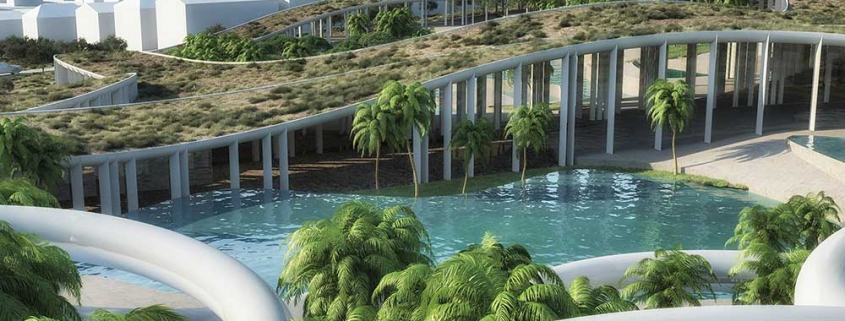
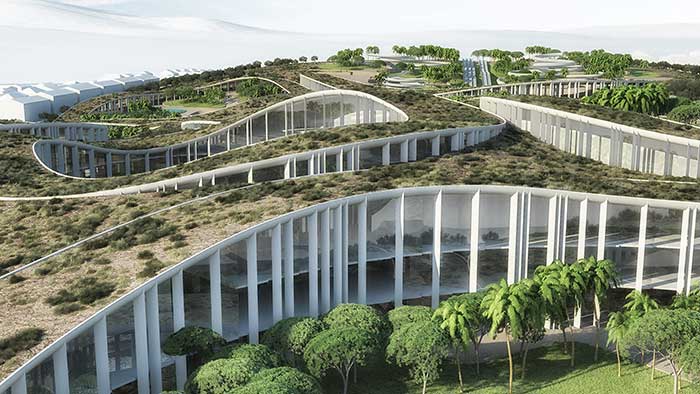
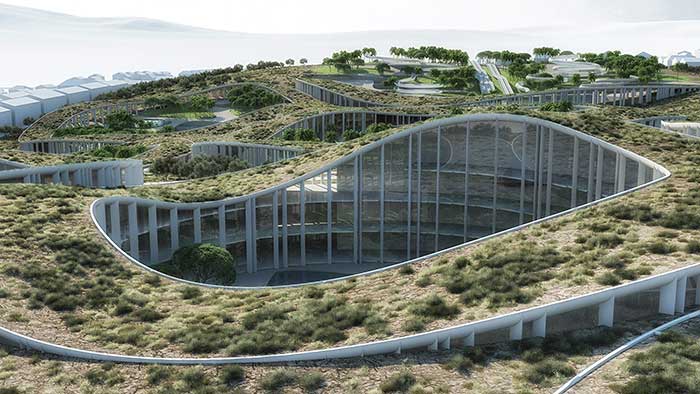
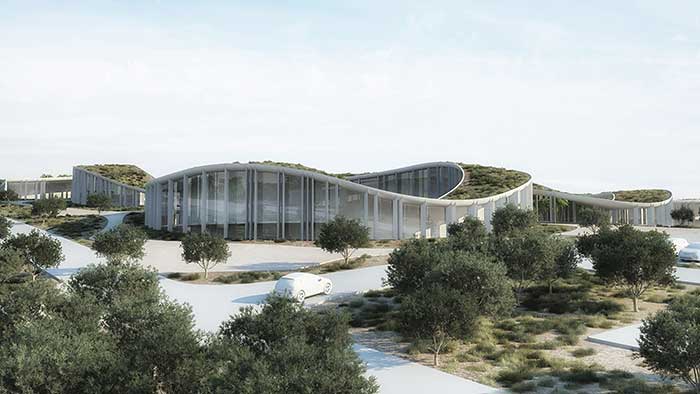
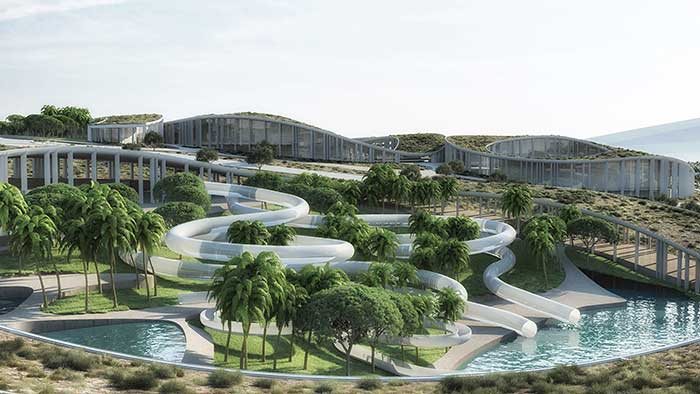

 ©Frank Hamm
©Frank Hamm ©Four Seasons
©Four Seasons